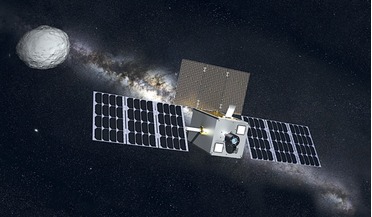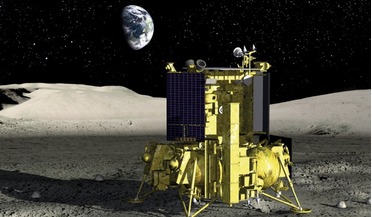 July 2018
The rise of interplanetary CubeSats
July 2018
The rise of interplanetary CubeSats
... Italy. Several of the missions will be science-led investigations to better observe the permanently shadowed craters of the lunar south pole for water ice. Others, like BioSentinel led by NASA Ames, will be evaluating the effects of deep space...
 January 2021
Evolution of volatiles on the Moon
January 2021
Evolution of volatiles on the Moon
... be explained by this newly understood magnetic pathway between the Earth and the Moon. The topography of the lunar south pole with embedded water ice (blue shading). Many of these craters are completely shaded from the solar...
 April 2025
Lego’s tribute to NASA’s SLS and Artemis
April 2025
Lego’s tribute to NASA’s SLS and Artemis
... to send astronauts to the lunar south pole around 2030Photo: Moreover, any discussion about manned lunar exploration has to factor in China, which is understood to be planning to send astronauts to the lunar south pole around 2030, a favoured...
 October 2018
Mining the Moon for fun and profit
October 2018
Mining the Moon for fun and profit
... propellant from water. The permanently shadowed regions (PSRs) near the lunar poles harbour significant quantities of water in the form of ice. In the image of the lunar south pole (above right), the Cabeus crater is indicated. This is where a spent...
 November 2019
PROSPECTing for lunar polar volatiles
November 2019
PROSPECTing for lunar polar volatiles
... Translation Joint (DTJ) and its rotation is enabled via a powerful motor and gear assembly. Lunar water ice stability within 1 m depth. Lunar South Pole PROSPECTing We need landers; and the more landers, the merrier – after all we are...
 April 2025
Racing to the Moon
April 2025
Racing to the Moon
... small engines for the terminal approach and landing. China is expected to select a landing site near the lunar south pole. The crew will explore and sample the site, hoping to confirm claims of water ice on or near the...